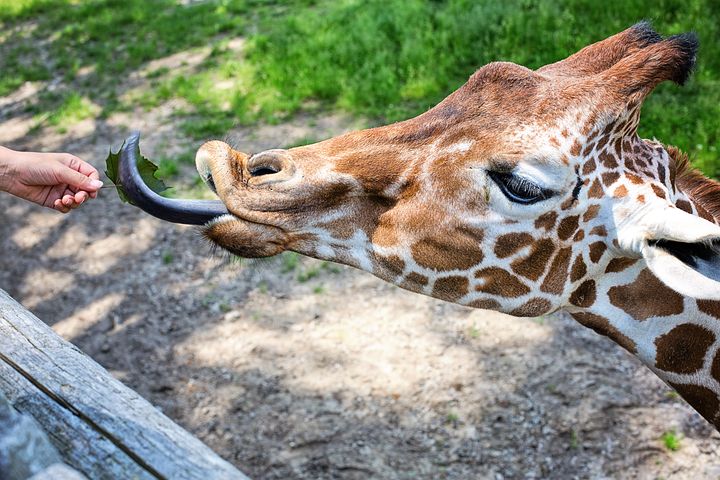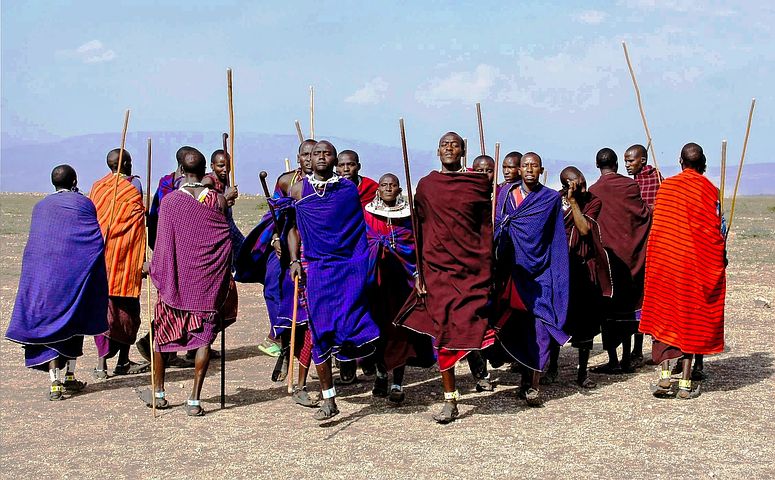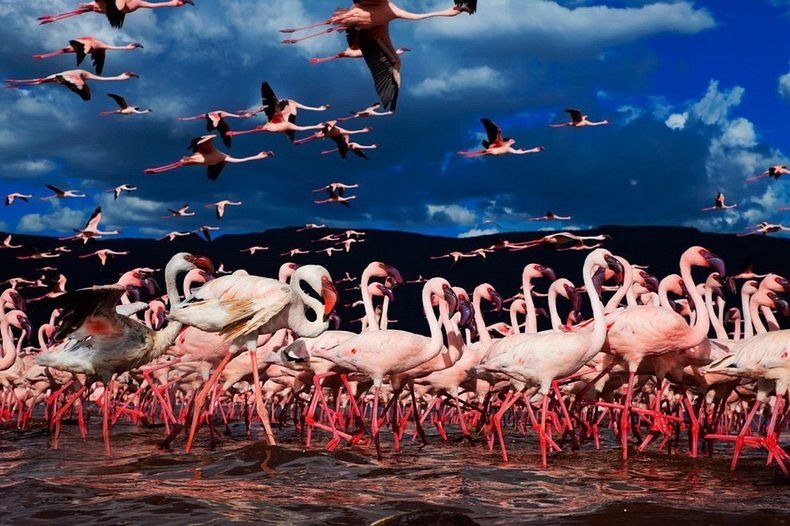Educational Tours

For Colleges & Universities
An educational trip to Africa is an amazing opportunity for students to learn about different cultures, ways of life, as well as animal behaviors in the natural habitats. We can customize any of our safari tours or excursions and make it a full educational interactive tour. Ask about our special discount of up to 30% running now for any group of 10 or more people. Simply enquire via email and request for a conference call regarding your touring desires and we shall discuss your best options.
- The Masai Mara Reserve for wildebeest crossing the mara river (internal link)
- Bomas of Kenya for traditional cultural dances and activities (external link)
- The Giraffe Center for feeding and interacting with the giraffe experience (internal link)

The mother receives help from aunts, sisters, and cousins who serve as nannies. Known as “allomothers,” these baby-sitters are young female elephants learning how to care for babies. Teaching a potential mother how to rear her child is an important task, since the calves’ survival depends on it. And since elephants bear young only once every few years, each baby is essential to the herd’s ultimate survival.
After five years of rearing this young elephant, the mother gives birth to a new infant, weaning the now adolescent calf at the same time. By then, the young elephant weighs nearly a ton and has learned how to forage on available vegetation. Males tend to leave their mothers earlier than females, with young bulls beginning to wander beyond the protective family circle at the early age of six.
As a young elephant grows, it learns how to become independent by watching and mimicking others. A calf will begin to experiment with its trunk, using it to grasp grass and other solid food, at about four months of age. But it takes a lot of practice to master the more than 40,000 muscles that give an elephant’s long snout so much dexterity.

The surprisingly agile hippo climbs steep banks each night to graze on grass.
They leave the water pool at night to graze for four to five hours, covering up to eight kilometers (five miles) of territory. They will eat about 40 kilograms (88 pounds) of food during this time. Their modest appetite is due to its sedentary life, which does not require high outputs of energy. When returning from grazing before dawn, they will enter their water pool at the same spot they exited.
Unlike us, the hippopotamus does not have sweat or sebaceous glands.
Both species rely on water or mud to keep cool — this accounts for the amount of time they spend in the water. Instead of sweating, they secrete a viscous red fluid, which protects the animal’s skin against the sun and possibly acts as healing agents.
Their social structures are dependent on food and water conditions.
These animals have a flexible social system. Common hippos are usually found in mixed groups of anywhere from 20 to 100 individuals held by a territorial bull, but in periods of drought large numbers are forced to congregate near limited pools of water. This overcrowding disrupts the hierarchical system, resulting in even higher levels of aggression, with the oldest and strongest males asserting dominance. Old scars and fresh, deep wounds are signs of daily fights. Unlike their social cousins, pygmy hippos are solitary and aren’t territorial. If they encounter each other outside of mating, then they simply ignore each other.

- Giraffes are the tallest mammals on Earth. Their legs alone are taller than many humans—about 6 feet.
- They can run as fast as 35 miles an hour over short distances, or cruise at 10 mph over longer distances.
- Due to giraffe's height, it has to awkwardly spread its front legs or kneel to reach the ground for a drink of water.
- Giraffes only need to drink once every few days. Most of their water comes from all the plants they eat.
- Giraffes spend most of their lives standing up; they even sleep and give birth standing up.
- The giraffe calf can stand up and walk after about an hour and within a week, it starts to sample vegetation.
- Despite the females’ attempts to stand over their calves during attacks by lions, spotted hyenas, leopards and African wild dogs (4), many calves are killed in their first few months.
- A giraffe’s spots are much like human fingerprints. No two individual giraffes have exactly the same pattern.
- Both male and female giraffes have two distinct, hair-covered horns called ossicones. Male giraffes use their horns to sometimes fight with other males
- Giraffes only need 5 to 30 minutes of sleep in a 24-hour period! They often achieve that in quick naps that may last only a minute or two at a time.
- Whilst it was thought that giraffes did not make any sounds, this is now known to be untrue, as giraffes bellow, snort, hiss and make flute-like sounds, as well as low pitch noises beyond the range of human hearing.


The mystery of one million or more flamingoes in one place
Lake Nakuru is one of the three inter-linked lakes in the Rift Valley Province of Kenya. These lakes are home to 13 globally threatened bird species and some of the highest bird diversities in the world. An absolutely incredible feature of Lake Nakuru is the large gatherings of long-legged, long-necked greater and lesser flamingos. The lake's abundance of algae attracts these birds that famously line the shore. In fact, Lake Nakuru is the single most important foraging site for the lesser flamingo anywhere, and a major nesting and breeding ground for great white pelicans. It has been described by ornithologists as the greatest bird spectacle in the world.
The Lesser flamingo can be distinguished by its deep red carmine bill and pink plumage unlike the greater, which has a bill with a black tip. The Lesser flamingos are ones that are commonly pictured in documentaries mainly because they are large in number. The flamingos feed on algae, created from their droppings mixing in the warm alkaline waters, and plankton. Scientists reckon that the flamingo population at Lake Nakuru, which is often more than a million - or even two million, consumes about 250,000 kg of algae per hectare of surface area per year.


- Africa is the second-largest continent in the world. It is bounded by the Mediterranean Sea, the Red Sea, the Indian Ocean, and the Atlantic Ocean. It is divided in half almost equally by the Equator.
- The United Nations states that there are 54 countries in Africa. Aside from 54 recognized states, there are two states whose independence is disputed (Western Sahara and Somaliland). By land area, Algeria is the largest country on the continent.
- Africa as a continent is divided by eight major physical regions: the Sahara, the Sahel, the Ethiopian Highlands, the savanna, the Swahili Coast, the rain forest, the African Great Lakes, and Southern Africa. Some of these regions cover large bands of the continent, such as the Sahara and Sahel, while others are isolated areas, such as the Ethiopian Highlands and the Great Lakes. Each of these regions has unique animal and plant communities.